Six Hunger-Fighting Achievements From Last Year That Make Us Hopeful for the Year to Come
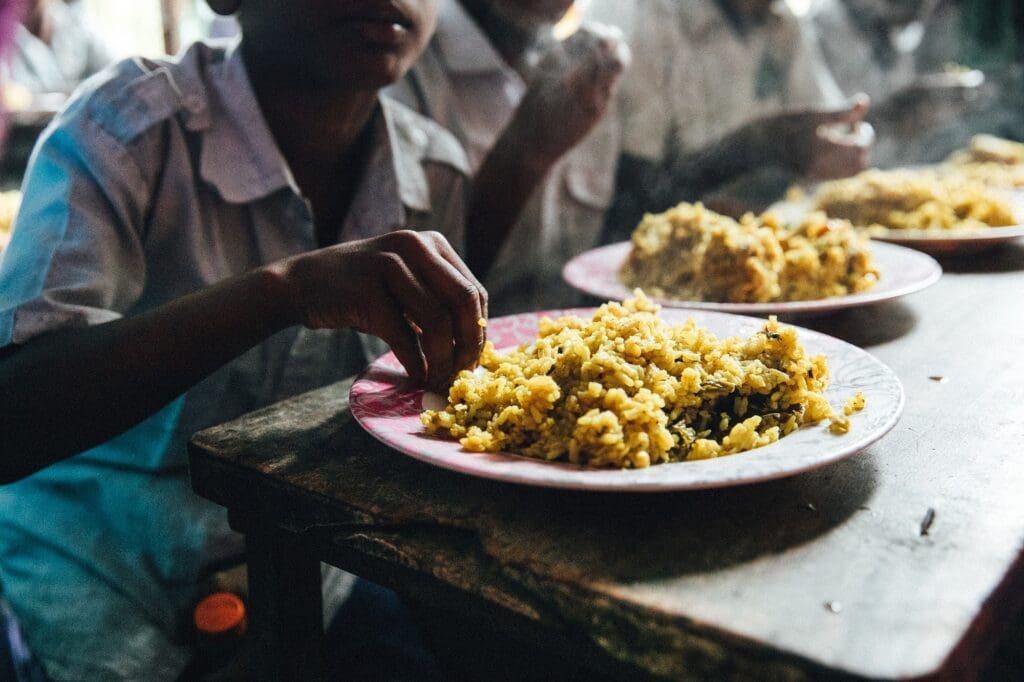
Being the world’s largest humanitarian organization is a tough job. And last year was no exception.
The United Nations World Food Programme (WFP) operates in more than 80 countries, bringing lifesaving food to millions of people trapped in impossible situations. Through fierce conflict, devastating natural disasters and climate-driven catastrophes, the U.N. World Food Programme (WFP) was there first – bringing a warm meal and a sliver of hope to families in their darkest hours of need.
We hold these moments dear, and they remind us why our work isn’t just important, it’s necessary. These triumphs – large and small – sustain us when we worry our goals are too audacious. So here’s to the successes of 2019 and to the next decade of saving lives and building sustainable futures for the world’s most vulnerable people. This is how we #endhunger.
Yemen
The U.N. World Food Programme achieved an unprecedented expansion of food assistance in Yemen last year, scaling up its food distribution by 50% to reach nearly 12 million people each month. That’s more than a third of the country’s entire population, including 1.5 million pregnant women, new mothers and young children who participated in programs to prevent or treat malnutrition. This vast, lifesaving operation required more than 1 million tons of food and reversed catastrophic levels of food insecurity in 29 of the 45 most hunger-stricken districts. We call that a job well done.
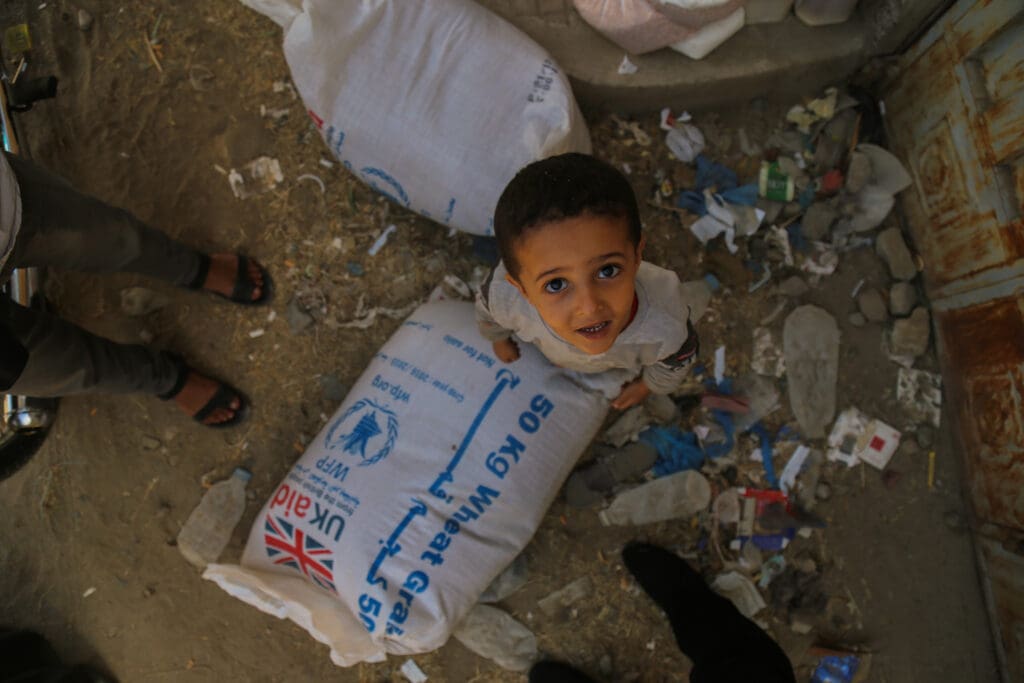
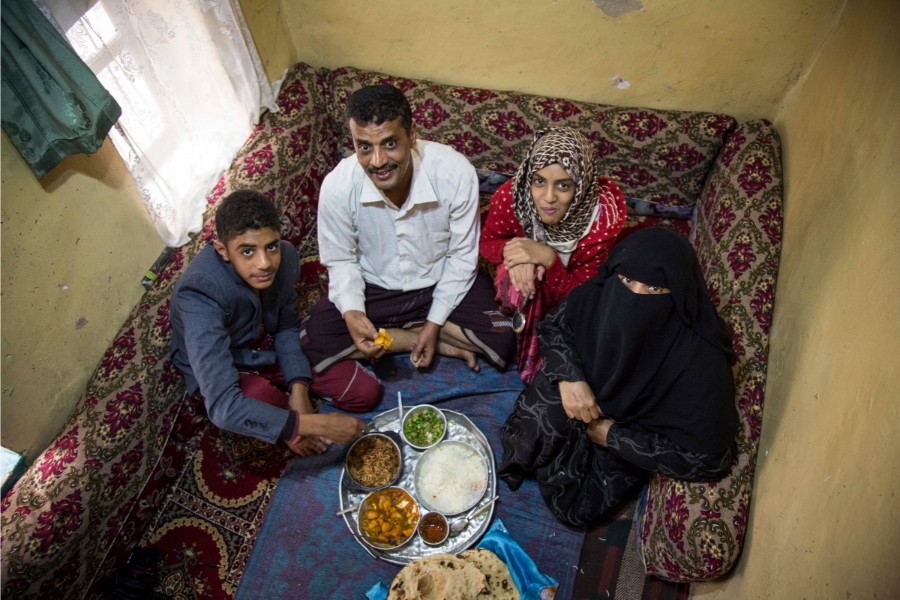
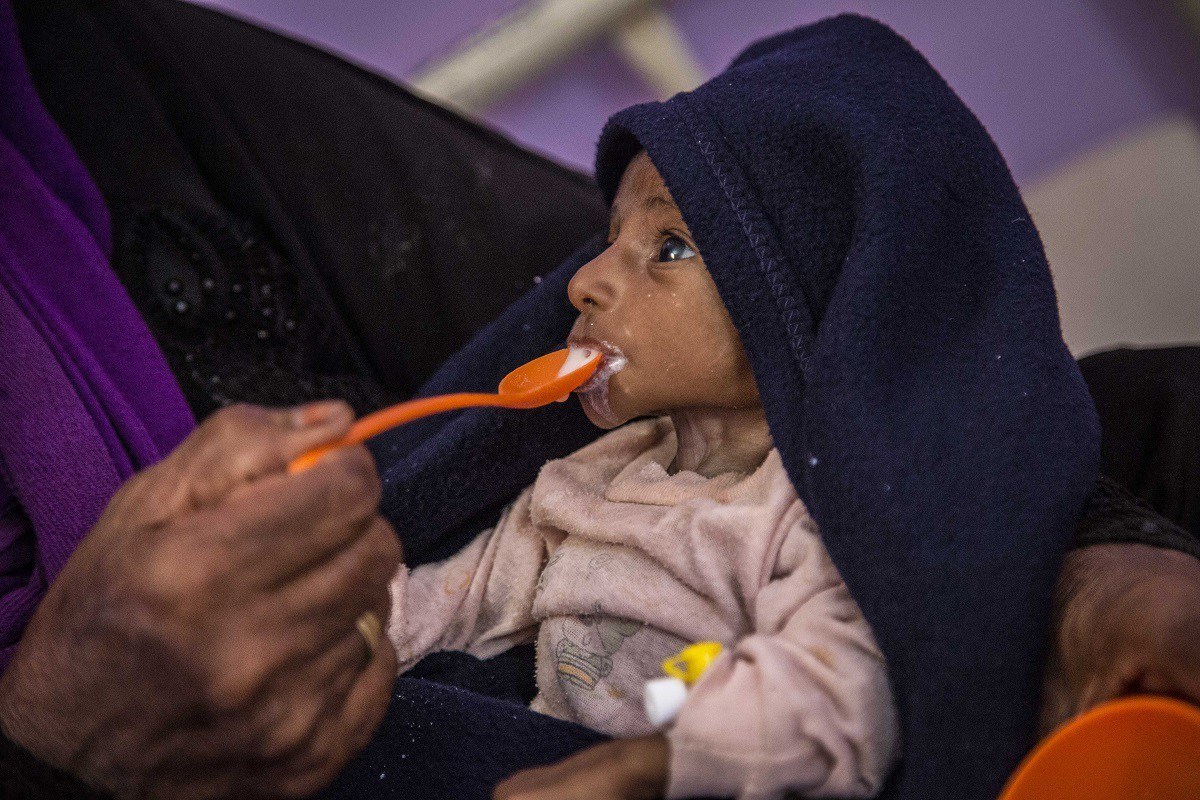
Syria
In 2019, Syria entered its seventh year of conflict, which has forced an estimated 12 million people to escape within and beyond the country’s borders. Hungry Syrians are scattered across not just their home country, but five others: Egypt, Iraq, Jordan, Lebanon and Turkey. That means the U.N. World Food Programme has to work even harder to reach 4.8 million people inside Syria and another 2.5 million Syrian refugees outside the country each month. Through determination and expertise, the U.N. World Food Programme enrolled 400,000 Syrians in skills training programs and delivered healthy snacks to more than 600,000 Syrian school children. These are just a few of the reasons we’re hopeful for 2020.
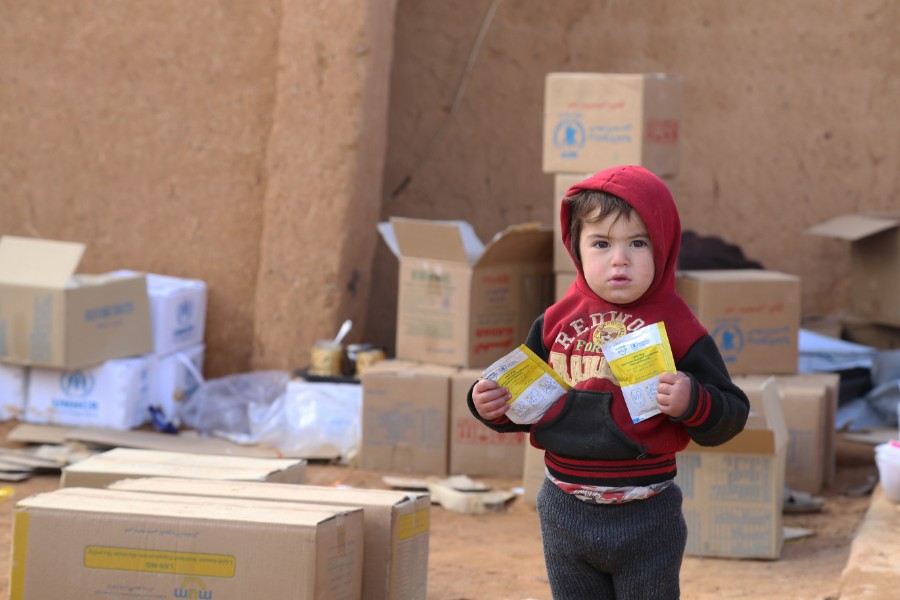
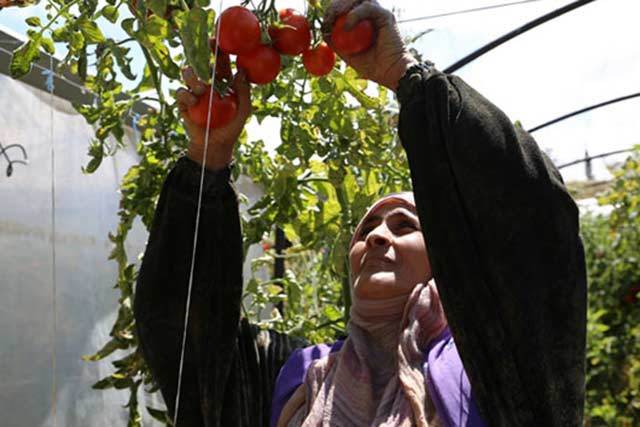
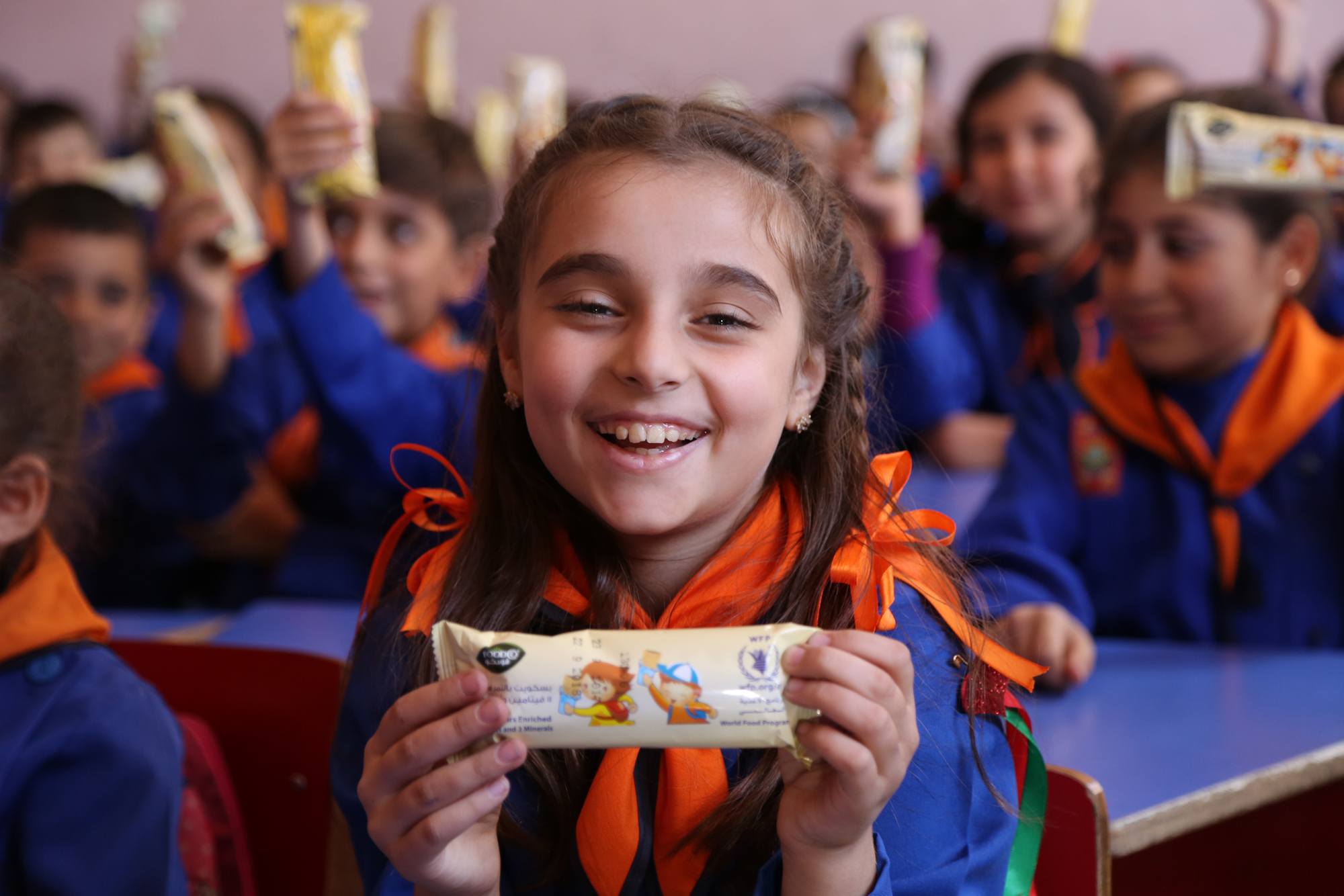
Women and Children
The U.N. World Food Programme does whatever it takes to help the most vulnerable people on the planet, and those people are most often women, girls and young children. The U.N. World Food Programme works diligently to ensure they get the food they need: 62% of its beneficiaries are children and 52% are women and girls. Moreover, nearly 16 million women and children participate in programs to prevent or treat malnutrition, and 1.3 million women were enrolled in skills training programs. They’re now starting the decade in a stronger, healthier place than the year before.
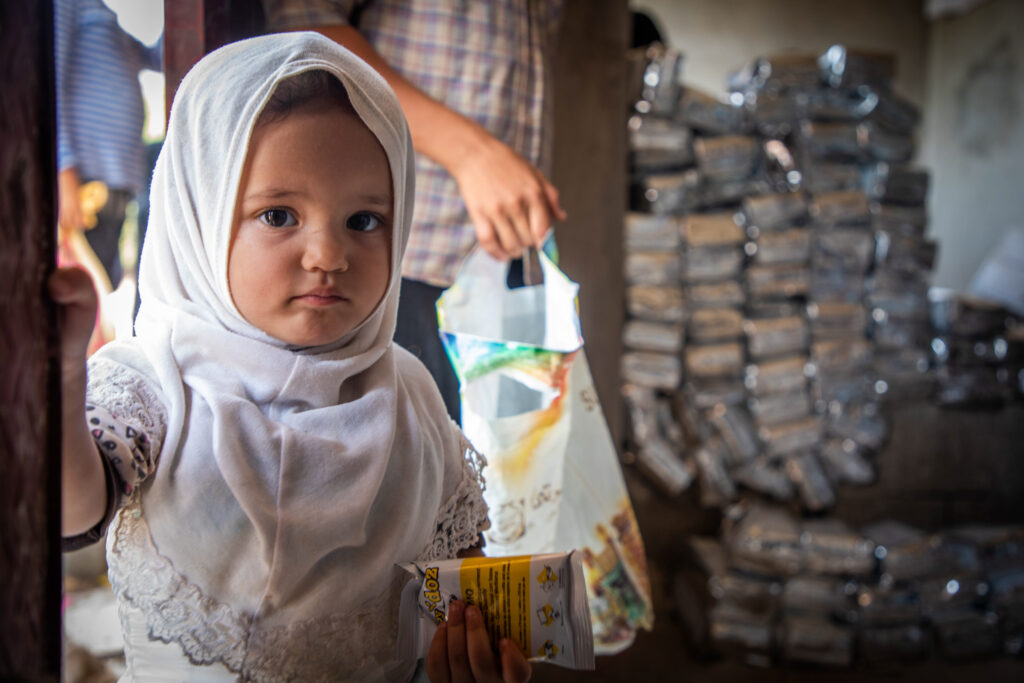
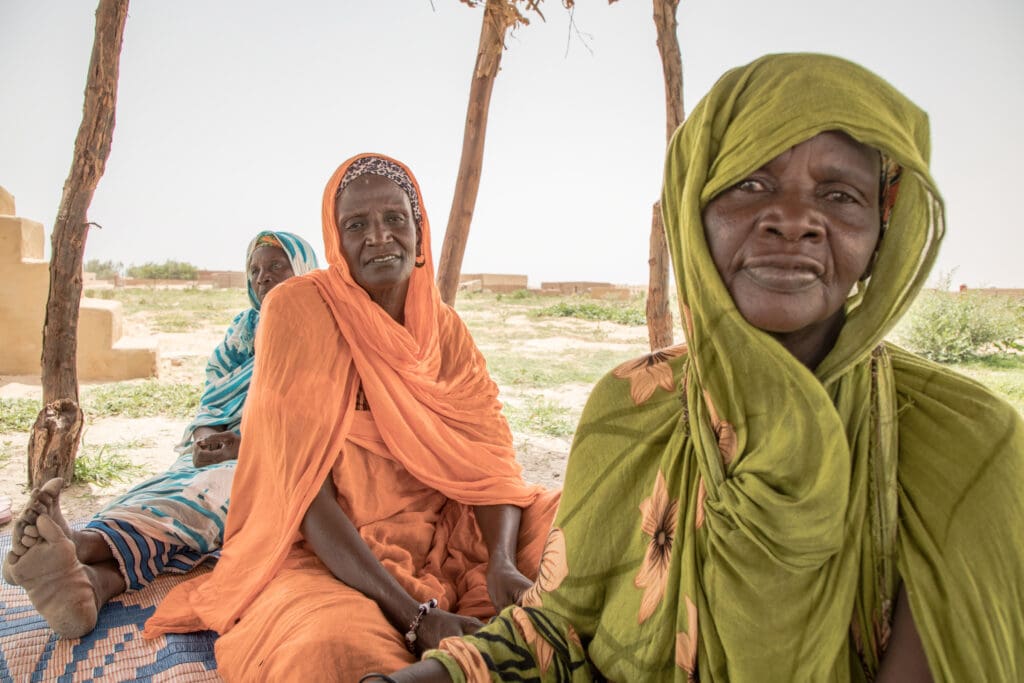
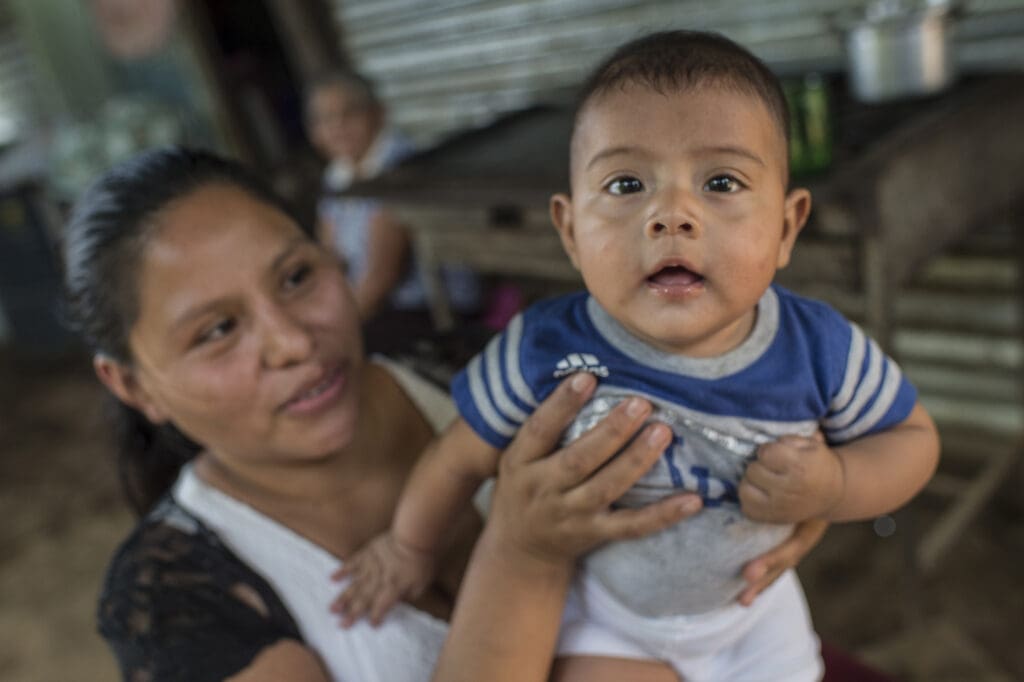
School Meals
Children are the architects of our future, and education is the foundation. The U.N. World Food Programme understands this better than anyone and works with hundreds of local schools to make sure students are well fed. Last year, more than 16 million children received U.N. World Food Programme school meals, which increased enrollment rates by an average of 9 percent. These programs also benefit the larger community. For example, in more than 40 countries, school meal ingredients came from local, small-scale farmers, giving them a solid footing for the year to come.
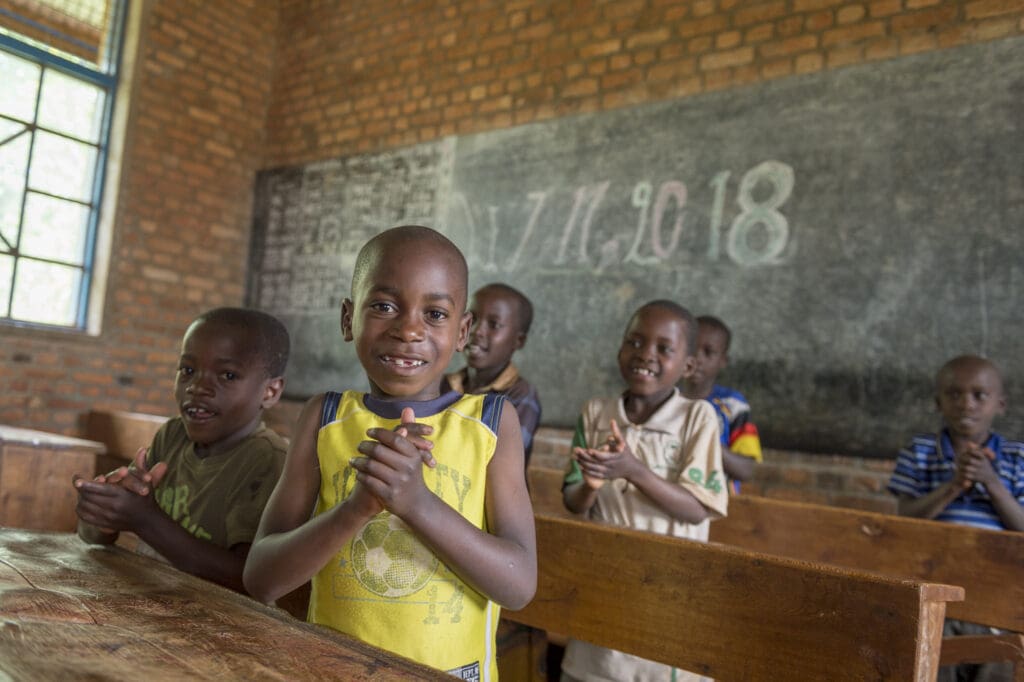
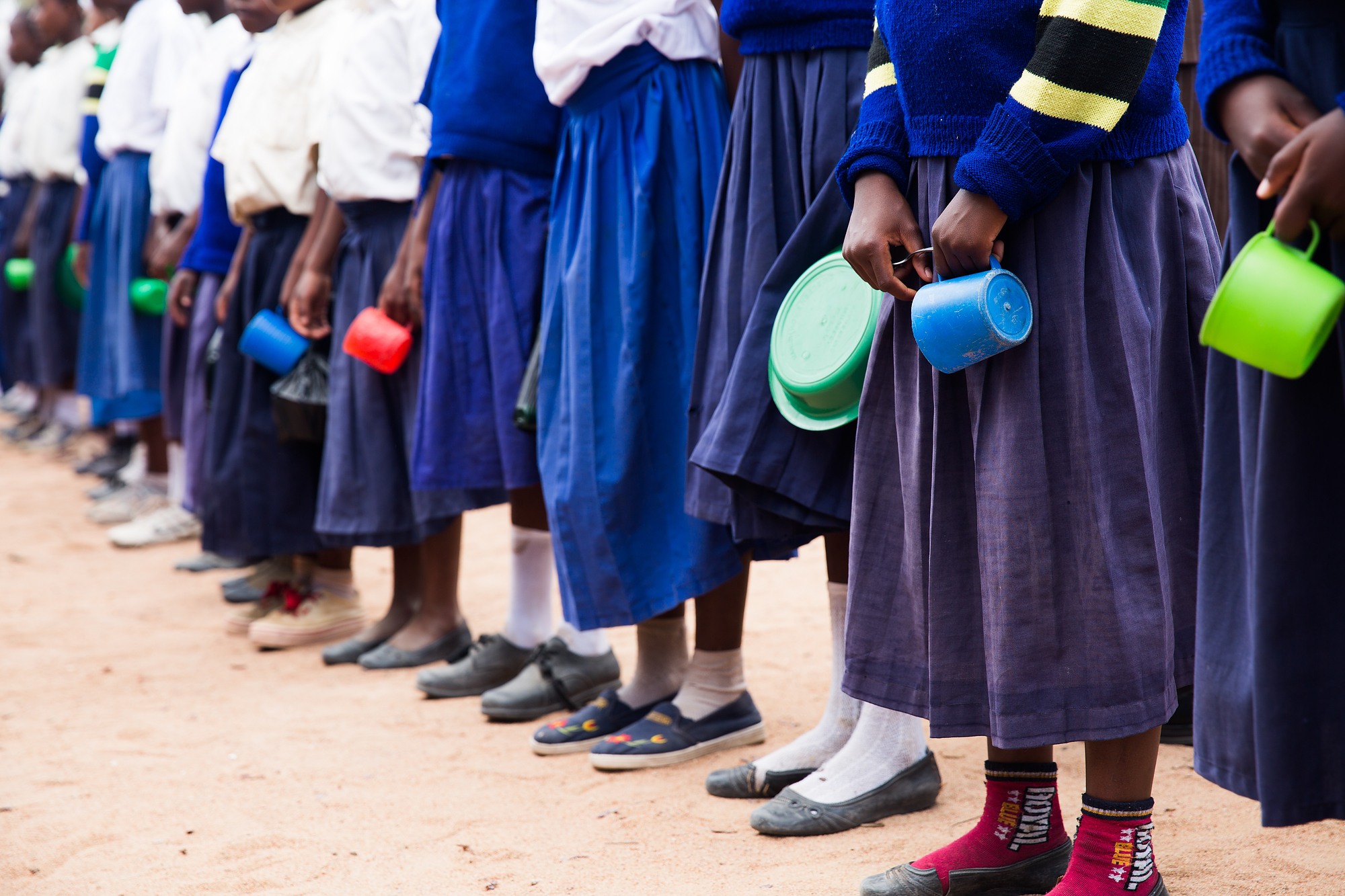
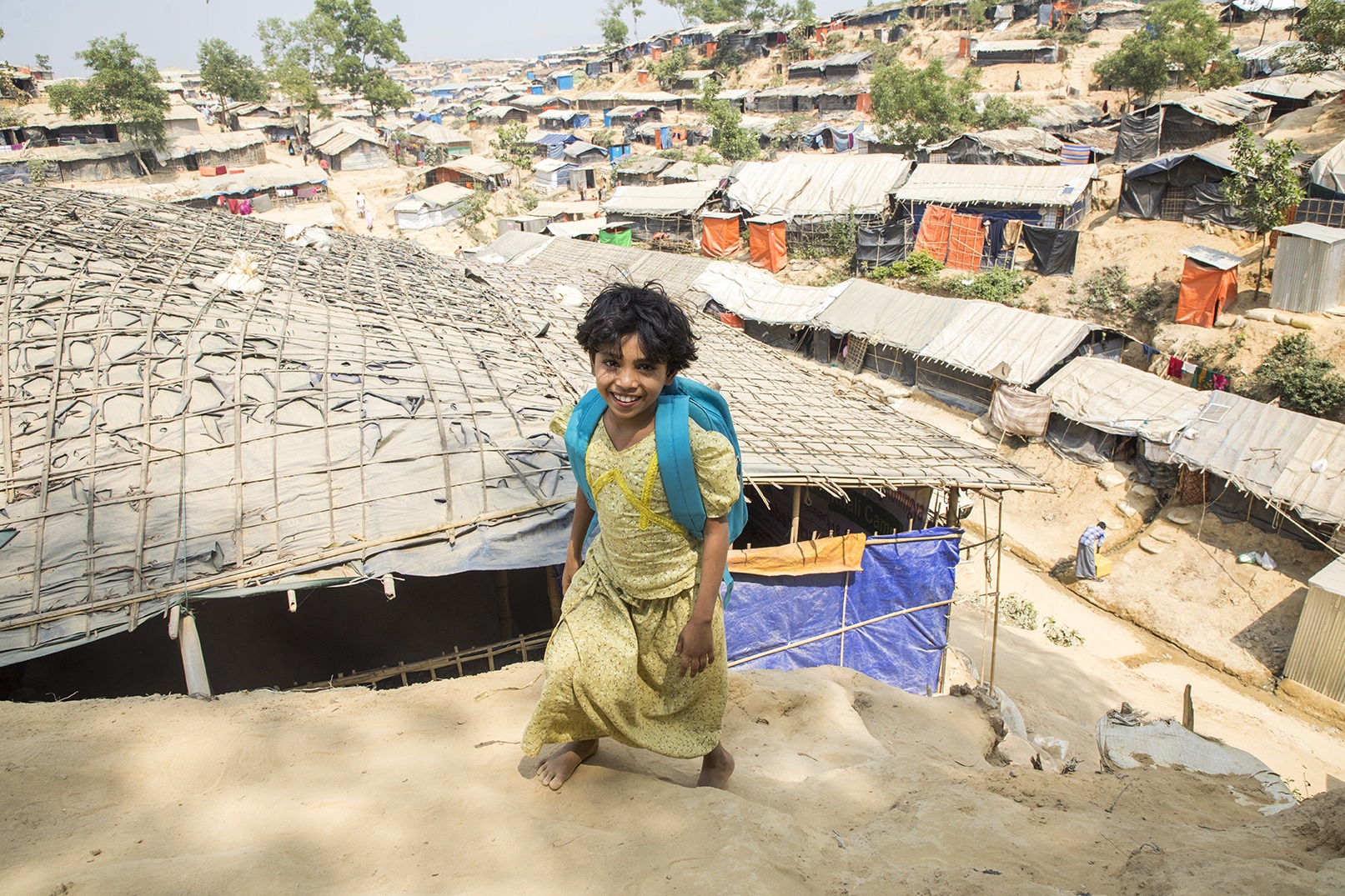
Logistics
So what does it take to operate this massive, worldwide hunger relief effort? It takes equally massive amounts of skill, coordination and resources: 75,000 shipping containers, 17,000 employees, 5,600 trucks, 92 aircraft, 20 ships and a handful of all-terrain vehicles. It took 3.6 million metric tons of food that traveled a distance equal to three trips around the world and weighed as much as 389 Eiffel Towers. The close of this decade marked the 50th year in which the U.N. World Food Programme has served as the leader of logistics for the entire international humanitarian community. We start the new decade at the forefront of exploring innovative and effective approaches to reach the world’s most vulnerable people and fight hunger for as long as it takes.
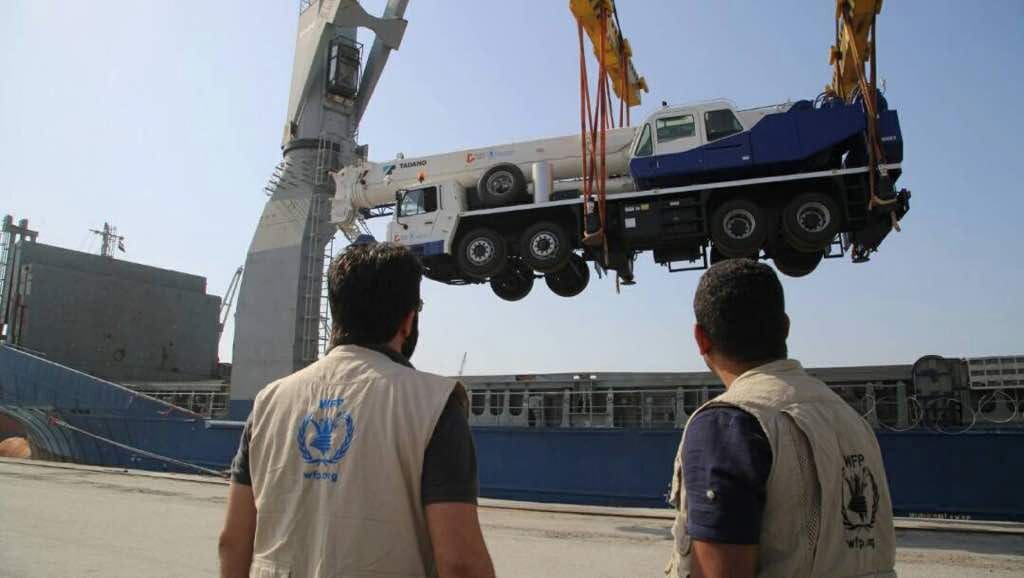
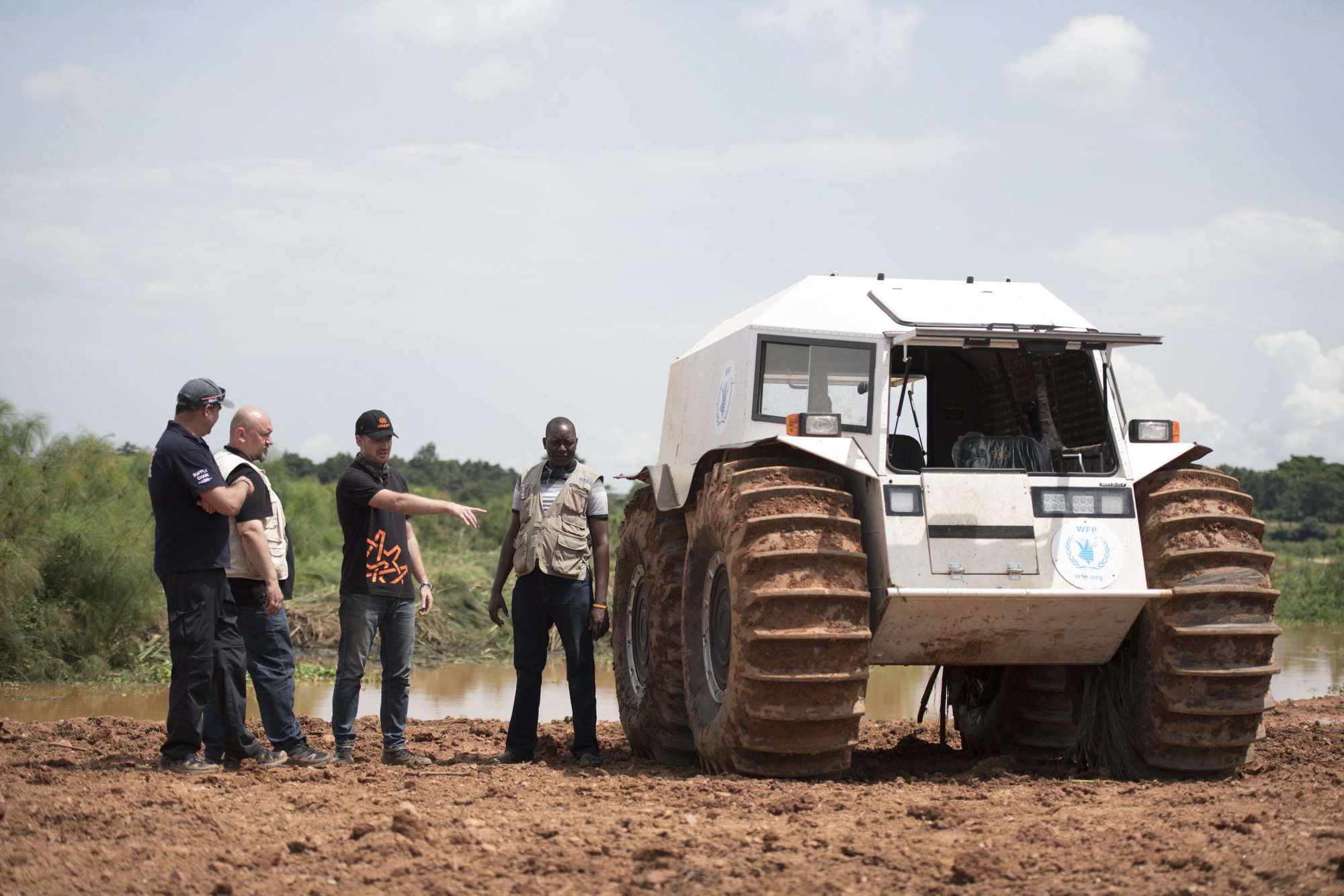
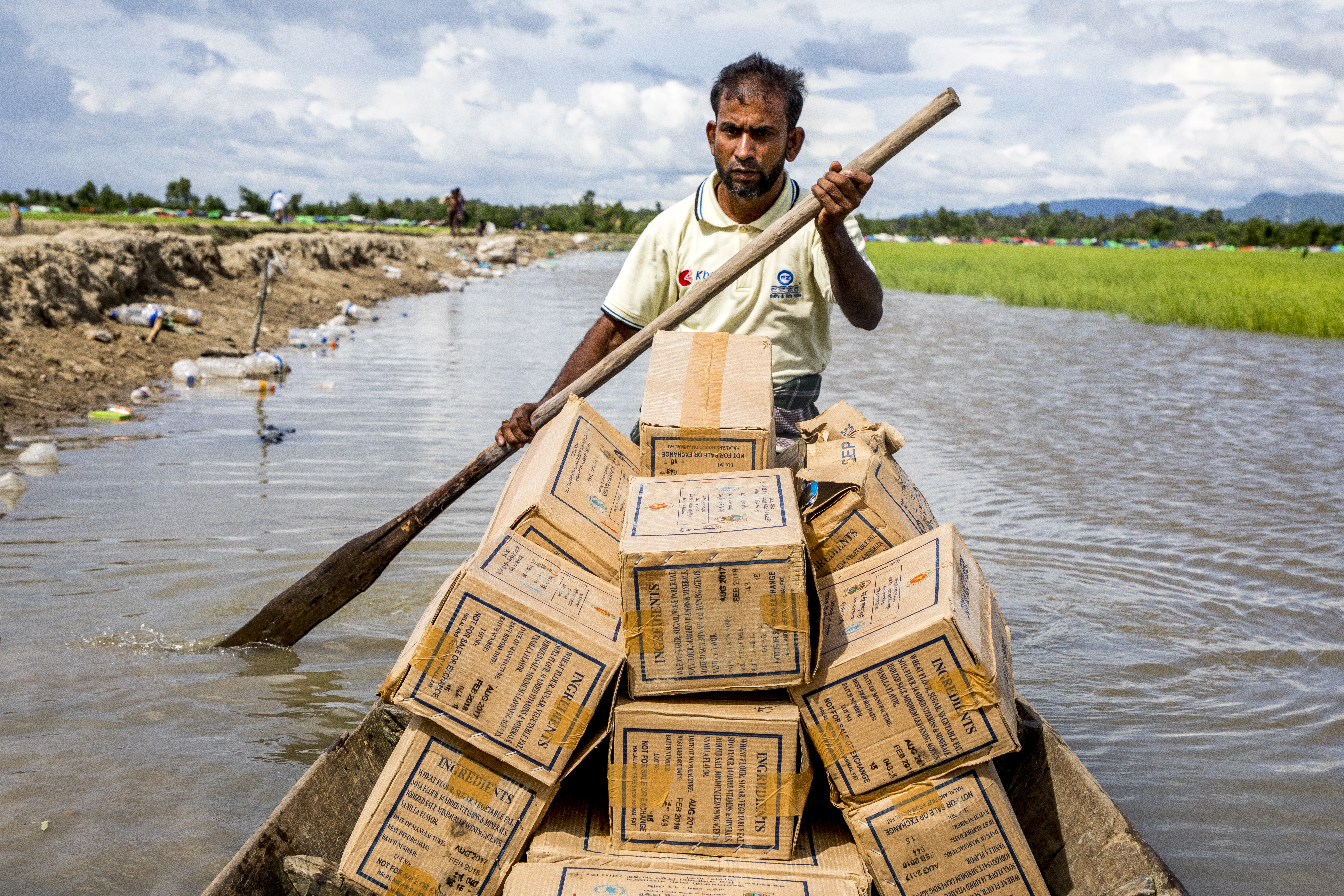
Long-Term Sustainability
To reach #zerohunger, the U.N. World Food Programme does more than deliver immediate food relief. It helps vulnerable communities build the resources they need to sustain themselves after the crisis ends. Last year alone, the U.N. World Food Programme restored more than 300,000 acres of degraded land, built or repaired 6,000 miles of roads, and constructed 3,000 ponds, wells and water reservoirs. The U.N. World Food Programme purchased $31 million dollars’ worth of food from small-scale farmers and gave $1.5 million worth of insurance payouts to those whose livelihoods were destroyed by erratic weather so they could get back on their feet. If that doesn’t bode well for solving hunger in our lifetimes, we don’t know what does.
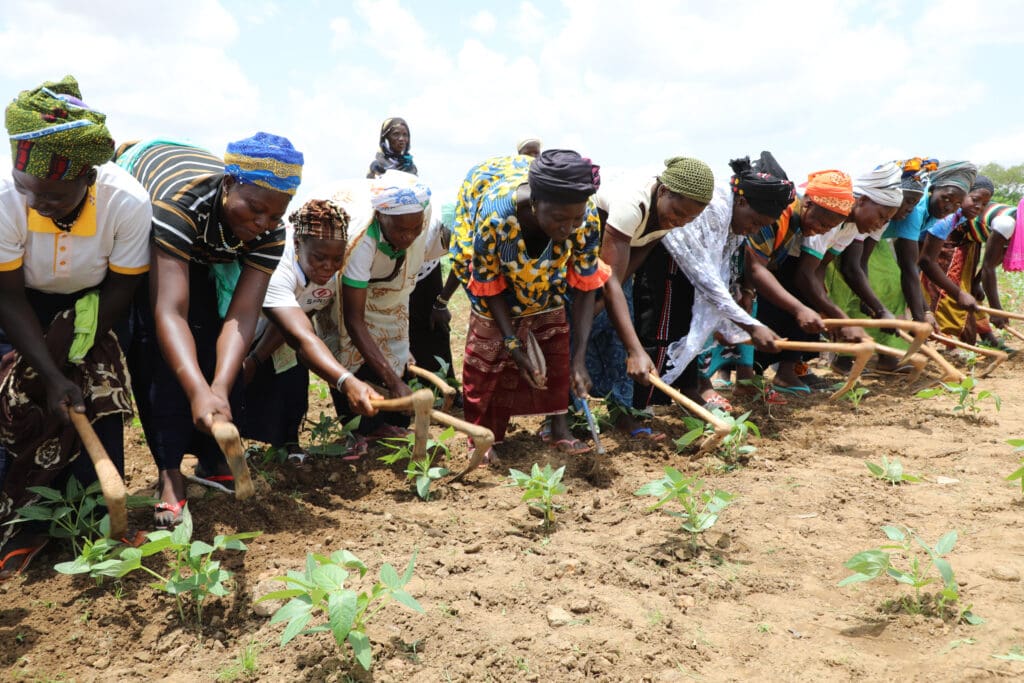

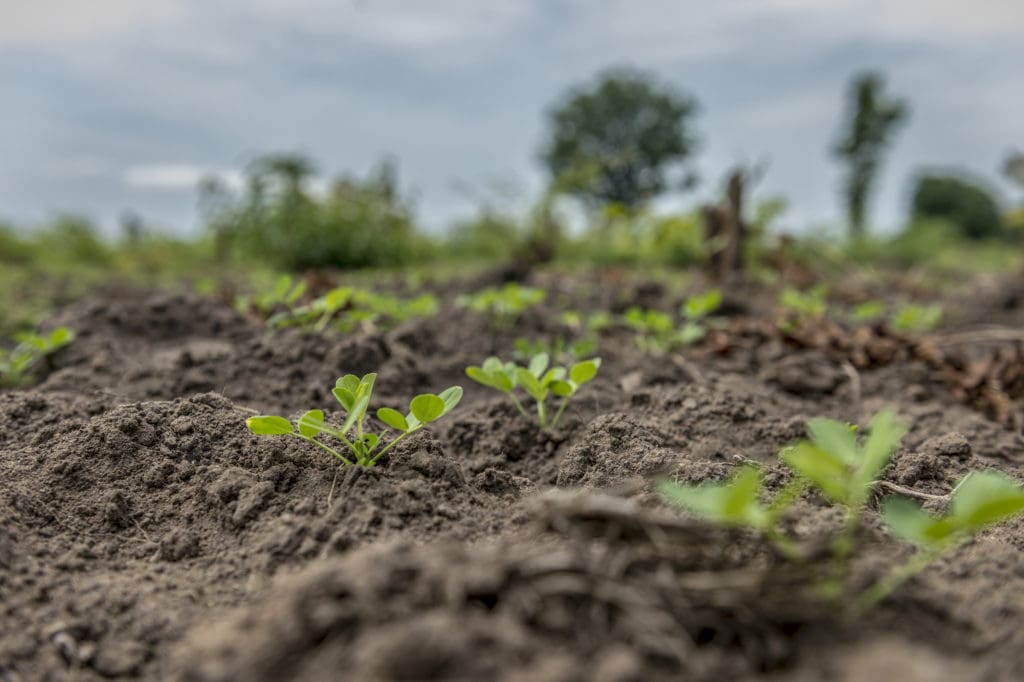
What does the next decade hold?
It’s easy to think that hunger is too big to solve. To feel like hunger crises have always been there and will stay that way. But for many of the people the U.N. World Food Programme serves, these emergencies didn’t always exist. Life was normal ten years ago. There was enough food, it was affordable and accessible, and people went to work and school just like you probably do every day. It can be that way again. Hunger and famine are not simply natural facts of life that we must accept. Quite the opposite is true. There is enough food on the planet right now to feed every person twice over, and we have the resources and technology to deliver it – we just need the will and the investment to implement the solutions.
As we start 2020 and the decade ahead, the U.N. World Food Programme will be there, on the front lines, delivering food, planting crops and teaching the next generation the skills they need to solve hunger for good.
Will you join us?




